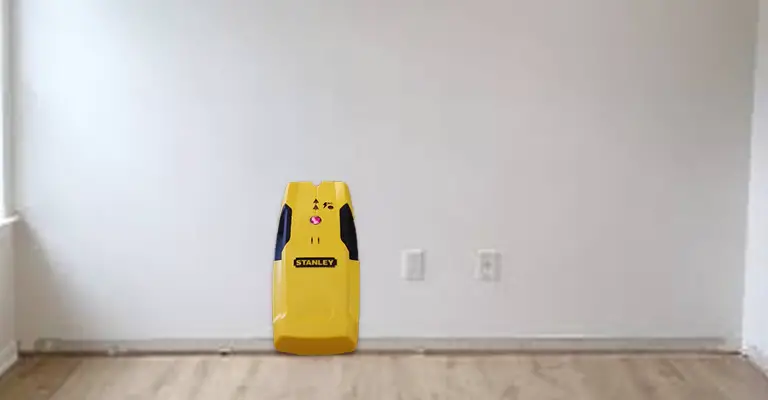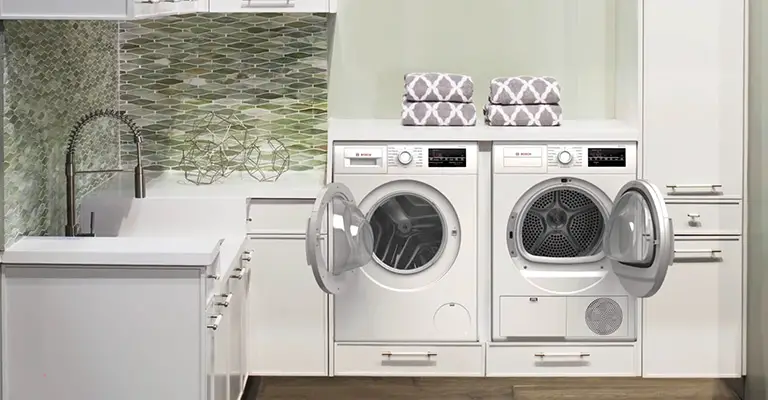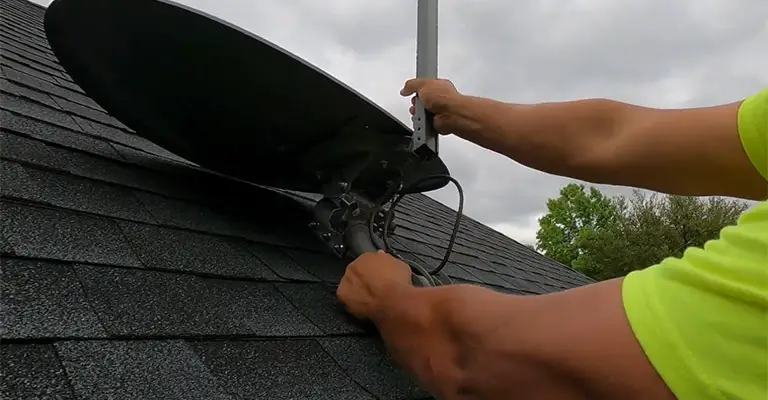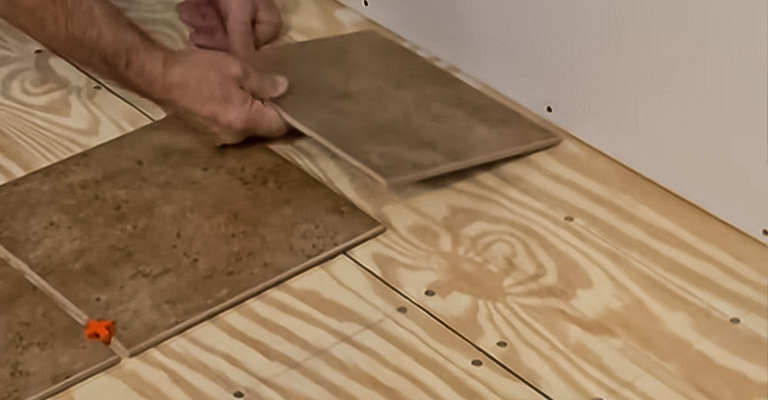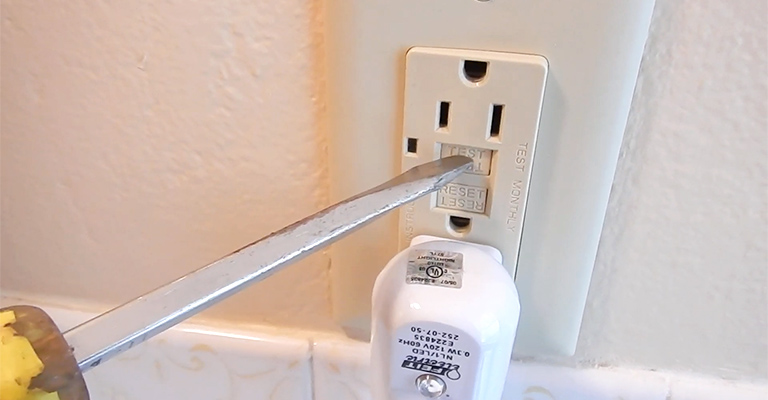What You Need to Know About Sewer Line Replacement
Homeowners and property managers often face a daunting task when dealing with sewer line issues. Sewer line replacement is not just a matter of digging up pipes and replacing them; it involves a thorough understanding of the process, costs, and implications for your property. This comprehensive guide aims to demystify the process, offering essential insights into why, when, and how sewer line replacement should be approached.
Why Sewer Line Replacement is Necessary
Sewer lines, made from materials like clay, cast iron, or PVC, are prone to various problems over time. Reasons for replacement include:
Age and Corrosion
Older pipes, especially those made of metal, are susceptible to corrosion and deterioration.
Tree Root Intrusions
Roots can invade and block sewer lines, causing significant damage.
Ground Movement
Shifting soil can lead to pipe misalignment or breakage.
Clogs and Blockages
Accumulation of debris, grease, or foreign objects can necessitate a full replacement if not addressed timely.
Recognizing the Signs of Sewer Line Failure
Early detection of sewer line issues can save time and money. Watch out for:
- Unusual odors or soggy patches in your yard.
- Slow draining sinks or toilets.
- Frequent backups or overflows.
- Unexplained increases in water bills.
The Replacement Process
Sewer line replacement is a multi-step process, typically involving:
1. Inspection
Professional plumbers use cameras to assess the damage and determine the replacement’s extent.
2. Choosing the Right Method
Traditional trenching involves digging up the yard, while trenchless methods like pipe bursting or relining offer less invasive alternatives.
3. Execution
Skilled technicians carry out the replacement following local codes and regulations.
4. Restoration
Post-replacement, the focus is on restoring your property to its original condition.
Cost Considerations
The cost of sewer line replacement varies based on factors like:
- Length and depth of the sewer line.
- Replacement method chosen.
- Local labor rates and permit requirements.
- Material costs.
On average, homeowners can expect to pay anywhere from $3,000 to $25,000, with trenchless methods often being more cost-effective in the long run.
Choosing the Right Service Provider
Selecting a qualified and experienced plumber or service provider is crucial. Consider:
Licensing and Insurance
Ensure they are licensed and insured to work in your area.
Experience and Reputation
Look for providers with a solid track record.
Cost Transparency
Seek detailed, upfront quotes to avoid hidden charges.
Warranty and Follow-up Services
Opt for services offering warranties and post-replacement support.
Preventive Measures and Maintenance
Post-replacement, regular maintenance can prolong the life of your new sewer line. Tips include:
- Regular inspections and cleanings.
- Avoiding flushing non-degradable items.
- Being mindful of planting trees near sewer lines.
- Installing backwater prevention valves.
Environmental Considerations in Sewer Line Replacement
In today’s eco-conscious world, considering the environmental impact of sewer line replacement is crucial. Modern techniques, especially trenchless methods, are more environmentally friendly. They minimize soil disruption, protect local ecosystems, and often use materials that have a longer lifespan, reducing the need for future replacements.
The Role of Technology
Advancements in technology have significantly improved sewer line replacement practices. High-definition camera inspections provide accurate assessments of damage. Trenchless technology, like pipe bursting and relining, allows for efficient replacements without extensive excavation. These technological advancements not only save time but also reduce the overall impact on your property and the environment.
Long-Term Benefits
Investing in a quality sewer line replacement has long-term benefits:
Prevents Future Problems
A well-done replacement reduces the risk of future backups and leaks.
Increases Property Value
A new and efficient sewer system can increase your property’s value and appeal.
Saves Money in the Long Run
Minimizing the risk of future damages saves money on repairs and maintenance.
Staying Informed and Prepared
Staying informed about the state of your property’s sewer line is essential. Regular check-ups, being aware of the signs of potential problems, and having a relationship with a reliable plumbing service will help you stay prepared for any necessary replacements. Additionally, understanding local regulations and potential subsidies for sewer line work can also be beneficial.
FAQs
Q: How long does sewer line replacement take?
A: Typically, a few days, but it can vary based on the method and property size.
Q: Can I replace a sewer line myself?
A: Due to its complexity and legal requirements, it’s recommended to hire professionals.
Q: Is trenchless sewer replacement always better?
A: It depends on the situation, but trenchless methods are generally less disruptive and quicker.
Q: How do I know if my sewer line needs replacement or just repair?
A: A professional inspection can determine the best course of action based on the damage extent.
Final Thoughts
Addressing sewer line repair is essential for maintaining the health and functionality of your entire sewer system. Whether it’s a small sewer line clog or extensive sewer line damage, timely intervention can prevent more significant issues. Sewer line repairs, ranging from fixing a broken sewer line to main sewer line repair, are crucial steps in preserving your property’s integrity. It’s vital to recognize the early signs of trouble in your sewer pipe to avoid the escalated costs and inconvenience of a full sewer line replacement.
Understanding the nuances of sewer line replacement costs, which can vary depending on the extent of damage to the existing pipe, helps in budgeting and planning for such a significant undertaking. Embarking on a professional sewer line replacement project should be a well-informed decision. Replacing an entire sewer line, especially in cases of severe sewer line damage, can be a complex and costly process. The full sewer line replacement cost is an investment in your property’s future, safeguarding against repetitive issues and ensuring long-term functionality.
When considering a sewer line replaced, it’s imperative to work with experienced professionals who can accurately assess the condition of your sewer pipe and recommend the best course of action. A well-executed sewer repair or replacement not only solves immediate problems but also enhances the overall value and safety of your property, making the investment in a professional sewer line replacement a wise and necessary decision.

